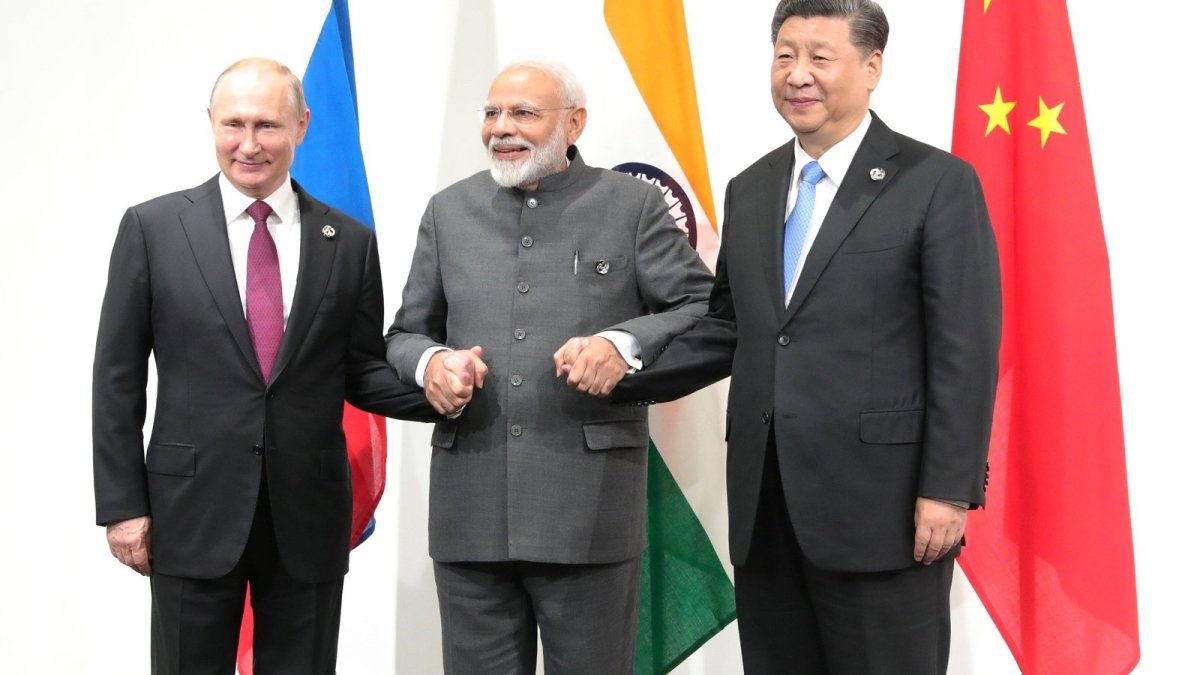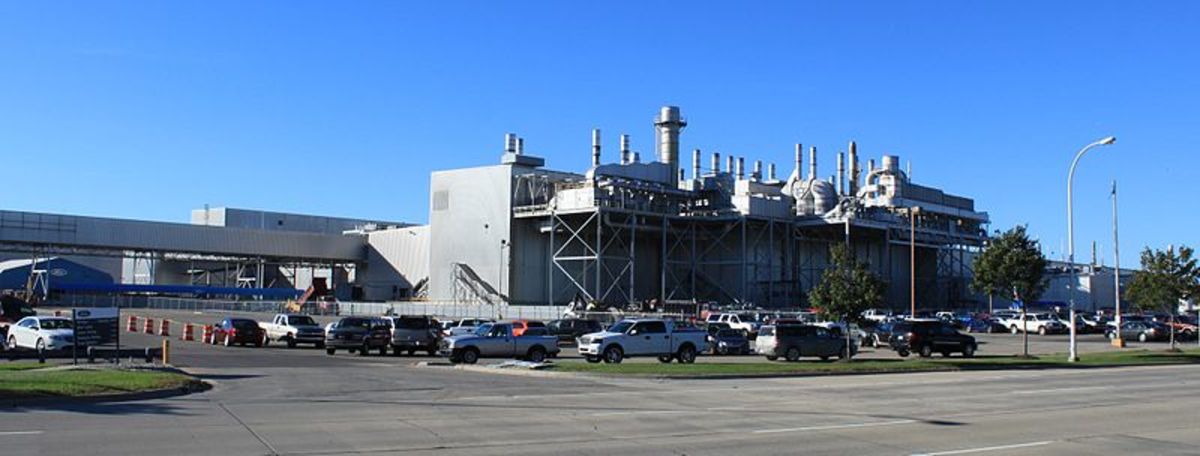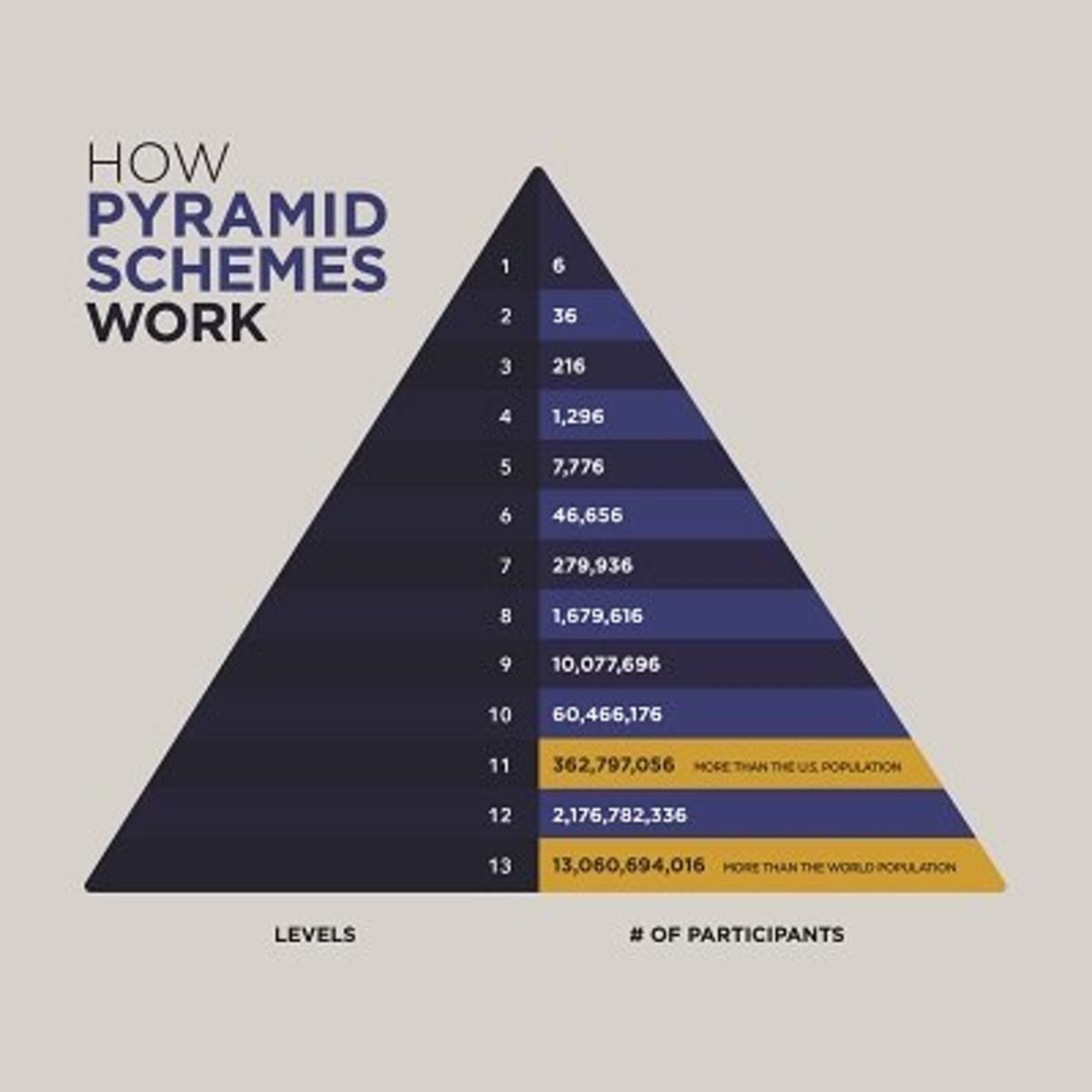Outsourcing: At What Cost?
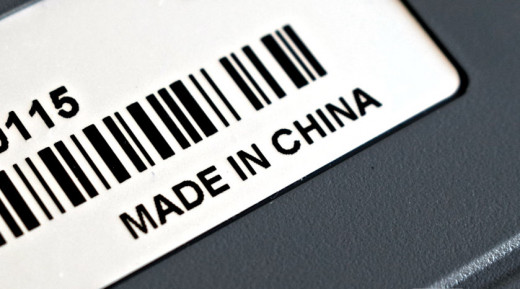
Introduction
“In business, outsourcing is the contracting out of a business process to a third-party. The term "outsourcing" became popular in the United States near the turn of the 21st century” (Wikipedia.) Outsourcing has become an opportunity in which organizations are diminishing productivity cost as well as creating fundamentality quality merchandise. It has also been used in such occupations as engineering and biopharmaceutical services. China and India have become targets of outsourcing in the United States with China becoming more competitive in the outsourcing arena.
When outsourcing, you are using a company that is outside of your working environment and the facilities and capital equipment will be the ownership of the outsourced agent. There are many advantages as well as disadvantages in using China as the source for manufacturing products and services. This article evaluates the pros and cons of outsourcing to China.
There are numerous motives for going offshore. The best reasons for going offshore according to respondents of a survey consisted of the following: compensation and personnel savings, overhead expense savings, 24/7 uninterrupted development progressions, entrance into new markets, and proximity to new markets. India and China are the most prevalent offshore countries, with Mexico in third place.
Today we will take a simplified, non-pragmatic look at outsourcing in China without becoming too overwhelmed with the data that has accumulated over time.
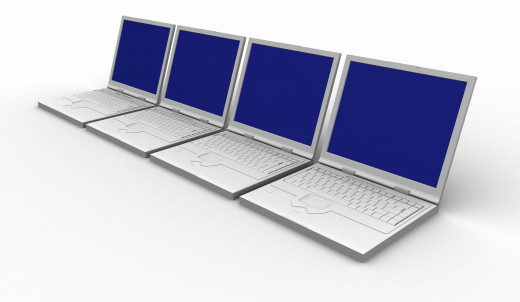
The Pros of Outsourcing to China
Let us first examine the obvious advantages of outsourcing.
Advantages
1. There are low labor costs. The range of net wages in China in comparable American dollars can start from as low as $76 monthly for bakers to $252 monthly for computer programmers. This advantage is very significant in labor-concentrated and low-profit-margin industries.
2. There are low engineering costs. The average net wage of a good engineer can start as low as $252 monthly, and a garment cutter’s net wages can be $107 monthly. These figures are the net gross amounts according to the interbank nominal exchange rate and the U.S. inflation rate in 2005.
3. There is an abundant of labor supply. There is extraordinary availability for labor-concentrated, multishift, and monotonous operations.
4. There are many experienced workers in the traditional metalworking industry. China possesses numerous machine shops, stamping houses, casting facilities, and toolmakers around that support OEMs.
5. China can give economic tooling cost and brief tooling lead-time. For example what is good for new product development would be a die-casting tool costing $5,000, and a supplier submitting a sample in 30 days.
6. China is more responsive and receptive to working with American companies. This is due to that fact that American companies have a better reputation of making payments on time than local Chinese companies.
When outsourcing is a choice, it is vital to take into consideration procurement price as well as the computation of the total amount. Parts that are outsourced include the international freight cost door-to-door as well as import duty. Raw material, direct labor and manufacturing overhead would have to be considered into total cost if the company chooses to do the work inhouse.

Cons of Outsourcing to China
Now, the analysis can investigate the negative implications of outsourcing to China. Additionally to the problems usually encountered in most offshoring relationships, outsourcing to China poses distinctive risks and challenges of which customers should bear in mind in structuring successful relationship with Chinese merchants. The management of those risks is especially necessary in lieu of current economic circumstances and numerous recent considerations regarding internal control and liability exposure.
Outsourcing in China will facilitate several corporations economically; however it could become extremely frustrating if not done properly. Three common issues include the project timeline being postponed, actual savings being slightly off budget, and current value issues within the future production run.
Let us initiate this topic with the obvious disadvantages.
Disadvantages
1. Communication is a chief obstacle. The majority of the engineers and managers are not well versed at speaking English, but this situation is getting better. Fax machines, computers or email may not be readily available to some small manufacturers. There are time differences of 12- to 15-hours between the two continents and there are limited opportunities for face-to-face communication.
2. Receive time for goods is long. As well as manufacturing lead-time, a businessman must make shipping time concessions of approximately three to five weeks depending on the location of the facilities. High inventory costs can be the result of high-volume of merchandise and expensive parts. For this reason some products may be preassembled in China and are completed in Mexico.
3. The cost of international freight and import duty can be expensive. This will depend on the type of products, the size of the packing, the value of the product and the location of the plants. However, if the product is minute and has lesser value, these costs can be irrelevant to the total product cost.
4. There is the serious issue of quality inconsistency. There are several factors related to this problem. There are problems regarding inadequate inspection equipment, undisciplined quality systems, poor process control and inconsistent raw quality.
Joint venture corporations generally offer better and more consistent quality than local Chinese manufacturers; however they also motivate the local manufacturers to improve their quality standard.
5. There is a weakness in both design and application engineering. Because most Chinese engineers have no exposure in the U.S. market; they are also deficient in U.S. customer or market needs. For this reason, many U.S. organizations should retain their designing and application engineering functions inhouse.
6. The cost of raw material can be high. The market price of raw materials can be influenced by market conditions—namely supply and demand. For example, if there is a high demand for steel in the Chinese automotive market then the local iron and steel price would increase considerably.

Conclusion
As controlling outsourcing to China gathers incentive—with additional companies selecting partners within the country and creating offices there--any existing deliberations and inconsistencies can reduce. However, as in any enterprise or outsourcing association, companies should practice due diligence and find out how to behave themselves and do business within the Chinese market.
The burden of success in controlled outsourcing is not solely the responsibility of the outsourced country involved. It is also the duty of the U. S. business concerns to remember that the information and competencies of its vendors must be taken into consideration in order for the operations to run smoothly.
Taking a More Personal Look at Outsourcing
Do you believe that outsourcing to China has a positive effect on the economy?
© 2014 Jacqueline Williamson BBA MPA MS

